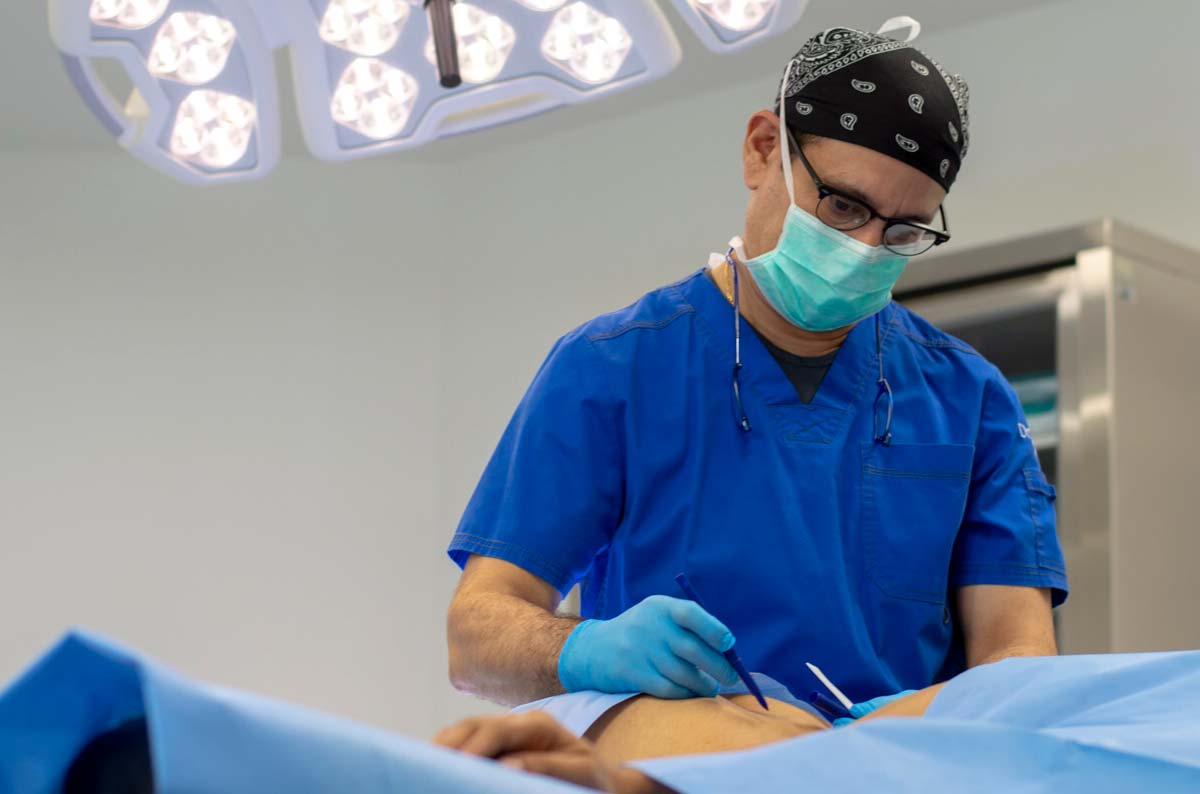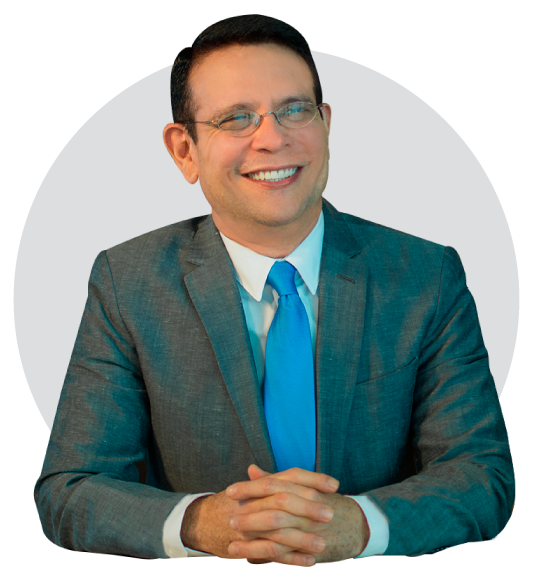A skin lesion is an area of the skin that is different from the surrounding skin. It may be a lump, a sore or an area of skin that is not normal. It can also be skin cancer.
Removal of a skin lesion is a procedure to remove the lesion.
Description
Most injury removal procedures are easily performed in your doctor’s office or an outpatient care center. It is always necessary that you should visit a specialized skin doctor (dermatologist) or a plastic surgeon.
The procedure that will be performed depends on the location, size, and type of the lesion. The lesion that is removed and should usually be sent to the pathology laboratory, where it is examined under a microscope.
The different types of skin removal techniques are:
SHAVE EXCISION
This technique is used for skin lesions that protrude from the skin or that are in the upper layer of the skin.
The area that is removed includes part or all of the injury.
Usually, you will not need sutures. At the end of the procedure, medication is applied to the area to stop any bleeding. Or the area can be burned with a cautery to seal the blood vessels. None of these measures will cause pain.
SIMPLE EXCISION WITH SCISSORS
This technique is also used for skin lesions that protrude from the level of the skin or that are in the upper layer of the skin.
Small curved scissors are used to carefully cut around and under the lesion. A curette (an instrument used to clean or scrape the skin) can be used to cut any remaining portion of the lesion.
It is uncommon for sutures to be required. At the end of the procedure, medicine is applied to the area to stop any bleeding. Or the area can be burned with a cautery to seal the blood vessels.
CUTANEOUS EXAMINATION OF COMPLETE THICKNESS (WITH SCALPEL)
This technique involves removing a skin lesion that is found in the deepest levels of the skin, until it reaches the layer of fat that is beneath it. A small amount of normal tissue surrounding the lesion can also be removed to ensure that it is free of any possible cancer cells (clean margins). This is more likely to be done when there is a concern about the possible presence of skin cancer.
Very often, an area with the shape of an ellipse (American football ball) is removed, as this makes it easier to close it with sutures.
The entire lesion is removed, reaching the depth of the fat, if necessary, to eliminate the entire area. A margin of approximately 3 to 4 millimeters (mm) can also be removed around the tumor to ensure clean margins.
The area is closed with sutures. If a large area is removed, a skin graft or a normal skin flap can be used to replace the skin that is removed.
SCRAPPING AND ELECTRODESECTION
This procedure involves scraping or removing a skin lesion. A technique that uses high-frequency electric current can be used, either before or after. This is called electrodesiccation.
This procedure can be used for superficial lesions that do not require a full-thickness excision.
LASER EXCISION
A laser is a ray of light that can concentrate in a very small area and can treat very specific cell types. The laser heats the cells in the area being treated until they “burst.” There are many types of lasers. Each laser has specific uses.
CRYOTHERAPY
Cryotherapy is a method of “super-freezing” the tissue to destroy it. It is most commonly used to destroy or remove warts, actinic keratosis, seborrheic keratosis, and molluscum contagiosum.
Cryotherapy is performed using a cotton swab, that has been submerged in liquid nitrogen or a probe through which liquid nitrogen flows. The procedure usually takes less than a minute.
Freezing can cause some discomfort. Your doctor may first apply a medicine to numb the area. After the procedure, the area to be treated will form a blister and the removed lesion will detach.
MOHS SURGERY
Mohs surgery is a way to treat and cure certain skin cancers. It is a technique that preserves the skin that allows skin cancer to withdraw causing less damage to the healthy skin around it.
The nail complex is the site of many pathologies studied. The procedures used, facilitate diagnosis through accurate knowledge of biopsy techniques and indications. Besides, they correct iatrogenic, parasitic, congenital or traumatic deformities, in addition to allowing the removal of tumors and assisting in the maintenance of nail aesthetics.
Patient examination, as in any other surgery, is essential. Contraindications for nail surgery are considered: peripheral vascular diseases, long-term diabetes, blood dyscrasias, collagen diseases, peripheral neurological diseases, and immunosuppressed patients.
INGROWN TOENAIL
Nailed nail is one of the most painful and disabling conditions to be treated with simple surgery.
The mechanical factor plays the main etiopathogenic role. The increase in pressure varies in the direction, directly and indirectly, between the nail and the nail folds. It is essential to nail the nail. Subsequently, inflammation of the periungual tissue occurs, resulting in edema of the nail walls and a vicious circle is established, with the formation of granulation tissue and hypertrophy of the lateral nail fold.
The main etiological factors of the nailed nail are:
Footwear Chronic trauma, as well as the use of tight or pointed shoes, are the main etiological factors of the nailed nail. The high heel pushes the finger against the tip of the shoe with maximum force. It should be noted that tight stockings also predispose nailed nails.
Nail: in cases of transverse perverse curvature, it tends to damage the lateral folds of the nail, entering the tissues and acquiring a position perpendicular to them. Other nail pathologies, such as fungal infection, inflammatory disease dystrophies or erroneous cutting methods are common etiological factors.
Finger. When it is too wide or deviates in valgus, it exposes the nail phalanx to the compression of the footwear.
Foot. In cases of valgus flat foot, this, in the last phase of the march, increases the pressure of the finger against the inner edge of the shoe.
Tissues: The trophic factor is evident in tuberculosis, syphilis, and diabetes that can create favorable terrain.
Injuries: they can act indirectly, injuring the womb and, directly, pressing the nail against neighboring tissues.
Avulsion of the nail: the nail bed is pushed up due to lack of support. The nail is very short and does not support the nail bed, tempting to grow inside.
SURGICAL TECHNIQUE
Surgical matricectomy
Its objective is the removal of part of the nail matrix, compromised in the process of the nailed nail, the lateral nail edge with hypertrophy and the granulation tissue.
Traditional This technique includes the removal of the plate, matrix, nail bed and nail folds, together with adjacent hypertrophic tissue. The removal is done in a single block, with a longitudinal lateral Spindel means, starting above the proximal nail fold to the hyponychium in a straight line and laterally in the crescent, taking the hypertrophic tissue of the lateral nail fold.

Posted 16 October, 2019

Posted 7 October, 2019
